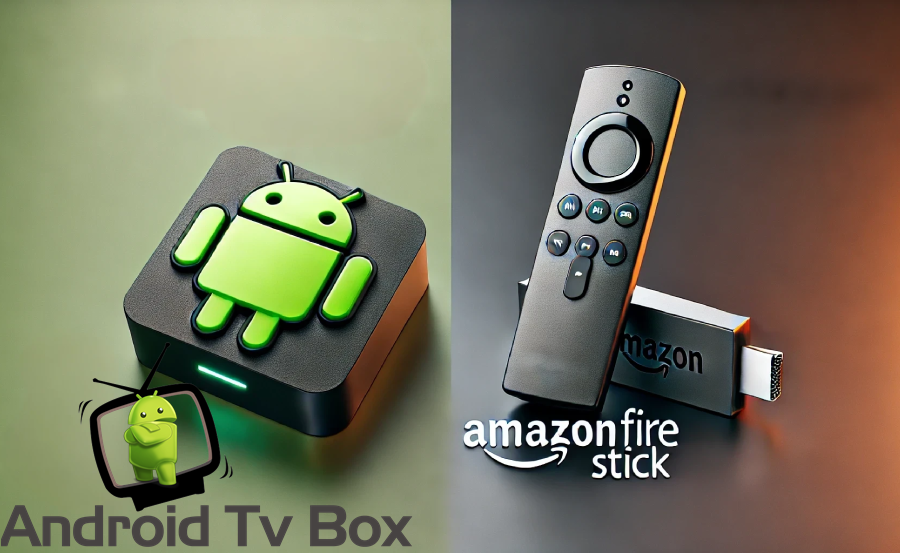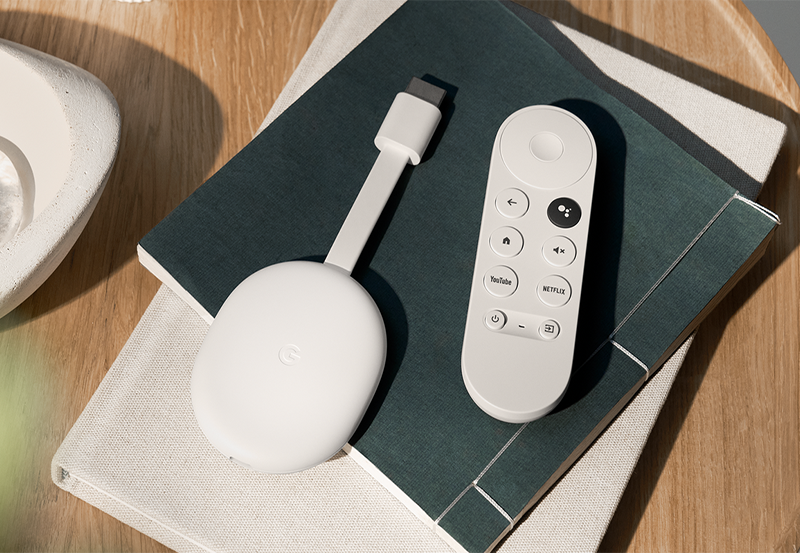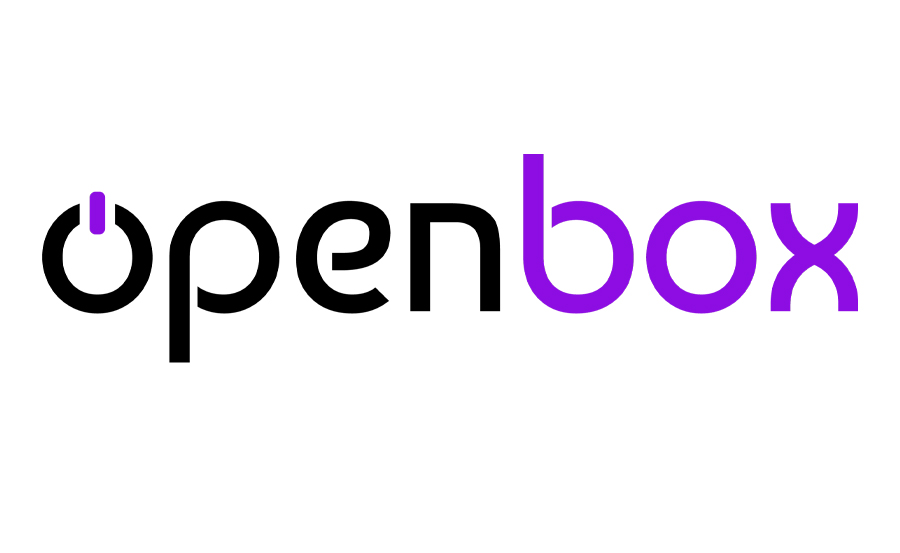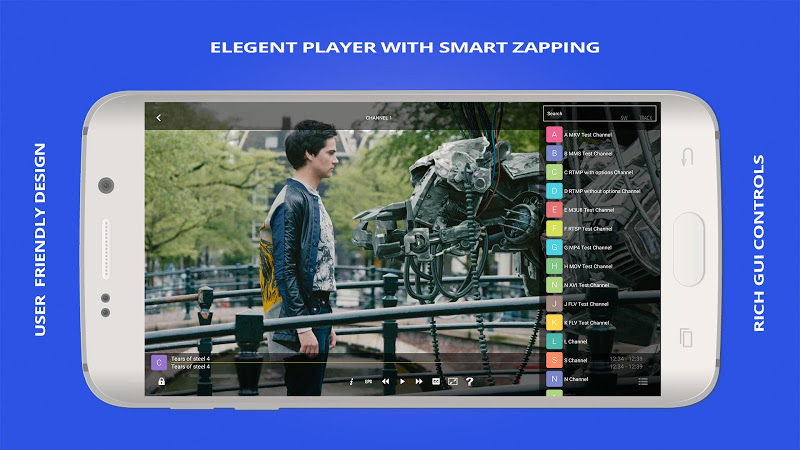In today’s digital age, the way we consume content has drastically evolved. With the proliferation of streaming services, devices like the Android TV Box and Amazon Fire TV Stick have surged in popularity. If you’re standing at the crossroads of choosing the right device for your entertainment needs, you’re not alone. This guide aims to help you navigate the maze of storage, functionality, and capabilities these devices offer.
Understanding the Basics
Before diving into the technical nitty-gritty, let’s explore what these devices are and what they bring to the table. Both the Android TV Box and Amazon Fire TV Stick are streaming devices that allow you to transform any TV with an HDMI port into a smart TV. However, how they achieve this is where the differences begin.
Android TV Box: The Open-Source Contender
The Android TV Box operates on the Android operating system, making it a versatile choice. For many tech enthusiasts, the appeal lies in its open-source nature, allowing for a broad range of applications to be installed. Whether you’re looking at IPTV for IPTV Smarters or other apps, the possibilities are vast.
Streaming Tip:
Upgrade your game day experience with IPTV Sports for live and on-demand coverage of all major leagues.
Features and Flexibility
One of the key advantages of the Android TV Box is its flexibility. With a hardware setup that often includes USB ports, Ethernet connectivity, and expandable storage, the device is built for personalization. Users can tailor their entertainment experience to include IPTV for UK services seamlessly.
User Experience
Despite its many customization options, the user experience can vary significantly between different Android TV Boxes due to the differences in hardware and software optimization. While this is great for those who love tweaking settings, it might be overwhelming for average users.
Amazon Fire TV Stick: Streamlined Simplicity
On the other hand, the Amazon Fire TV Stick is a device recognized for its user-friendly interface and ecosystem integration. Powered by Amazon’s Fire OS, this device thrives on simplicity, making it a popular choice for families and those who favor straightforward plug-and-play functionality.
Seamless Integration with Amazon Services
One main selling point of the Amazon Fire TV Stick is its seamless integration with Amazon services, including Alexa and prime content. Users can effortlessly search and control playback with voice commands. However, this comes with the caveat of being more entwined in Amazon’s ecosystem.
Ease of Use
The Fire TV Stick is often pegged as the more user-friendly option between the two, thanks to its intuitive design and shopping integration, which encourages more effortless exploration of content offerings. Such an arrangement can be particularly appealing if you’re already invested in Amazon’s products and services.
Storage Options: What to Consider
A fundamental aspect to ponder when selecting between these devices is storage capacity. With digital streaming soaring in popularity, a grasp of how storage works can save both time and frustration.
Internal vs. External Storage
Internal storage plays a crucial role in device performance. The Android TV Box typically boasts expandable storage options, thanks to USB and microSD slots. This allows users to store more apps and data, providing flexibility for growth.
Conversely, the Amazon Fire TV Stick is limited to its internal storage with no option to expand. However, its cloud-based ecosystem means users can store less locally and stream more efficiently.
Factors Impacting Storage Decisions
- Type of content you plan to store—apps, games, music, or movies.
- Frequency of content updates and storage management willingness.
- Your technical comfort level with managing storage devices.
Navigating the Ecosystem: Content and Apps
App Variety and Availability
When it comes to app variety, the Android TV Box stands out. Thanks to the Google Play Store, users have access to a sprawling array of apps from diverse genres. Whether you’re looking into IPTV for IPTV Smarters or gaming apps, options abound.
In contrast, the Amazon Fire TV Stick operates with a more curated app store. The selection is still impressive but inherently more limited due to exclusivity arrangements and platform specifics.
Quality and Performance
Both devices deliver content at high resolutions, with many models supporting 4K streaming. However, the quality can heavily depend on your Internet connection, particularly for apps running IPTV for UK content.
Additionally, the capability to handle multitasking and heavy apps without performance lag varies, usually swinging in favor of high-end Android TV Boxes with superior hardware configurations.
Security and Privacy: An Often Overlooked Aspect
Security can be an unassuming concern but remains crucial when these devices are integrated into your home network and personal ecosystem.
Ensuring Data Protection
Android TV Boxes, due to their wide-ranging customization, require cautious oversight. Users need to be vigilant about app permissions and updates to ensure data protection.
The Amazon Fire TV Stick, meanwhile, benefits from Amazon’s stringent security protocols, although this is reliant on users keeping the system updated regularly.
Addressing Common Concerns
- Maintain regular software updates to fend off potential vulnerabilities.
- Review and limit permissions on installed applications.
- Be mindful of the information shared through voice assistants like Alexa.
Cost Analysis: Which Offers Better Value?
Determining which device offers better value often boils down to budget and use-case scenarios. Android TV Boxes vary widely in price, with budget models suitable for novices and premium offerings catering to tech aficionados.
Price vs. Performance
The Amazon Fire TV Stick presents a consistent cost-effectiveness, balancing performance with affordability. For casual users who prioritize straightforward entertainment consumption, it’s the right fit.
Long-term Considerations
It’s critical to evaluate your long-term entertainment goals. Will you be adopting new services regularly, relying on heavy apps like IPTV for IPTV Smarters, or integrating into smart home technology? This forward-thinking could significantly impact your satisfaction with either device.
Making the Choice: Android TV Box or Amazon Fire TV Stick?
In the end, the choice between an Android TV Box and an Amazon Fire TV Stick rests upon identifying what you value more—flexibility and customization, or simplicity and ease of use. For power users looking to exploit a device’s full potential with IPTVs and bespoke applications, the Android TV Box might edge out as the winner.
For those drawn toward a seamless, hassle-free streaming experience with reliable performance, the Amazon Fire TV Stick takes the crown.
Frequently Asked Questions

Is the Android TV Box better for IPTV services?
Yes, due to its open-source nature, the Android TV Box offers a more versatile platform for IPTV applications, making it suitable for high-quality IPTV for UK services.
Can I expand the storage on the Amazon Fire TV Stick?
No, the Fire TV Stick does not support expandable storage. It relies on cloud storage integration for extensive data requirements.
Do both devices support 4K streaming?
Yes, both devices offer models capable of 4K streaming, ensuring high-quality viewing for compatible content providers.
Which device is more user-friendly for non-tech savvy individuals?
The Amazon Fire TV Stick is generally considered more user-friendly due to its intuitive interface and seamless compatibility with Amazon’s ecosystem.
Can I use voice commands with these devices?
Both devices support voice commands, but the Fire TV Stick integrates more deeply with Alexa, providing a more robust voice control experience.
Which device offers better support for gaming apps?
The Android TV Box, with its enhanced hardware variations, usually supports a broader range of gaming applications compared to the Fire TV Stick.
Are there hidden costs with either device?
Typically, there are no hidden costs, but additional subscriptions for streaming services or purchasing extra storage (in the case of Android TV Boxes) could occur.
What Makes the Probox2 Air Plus a Standout Streaming Device?





